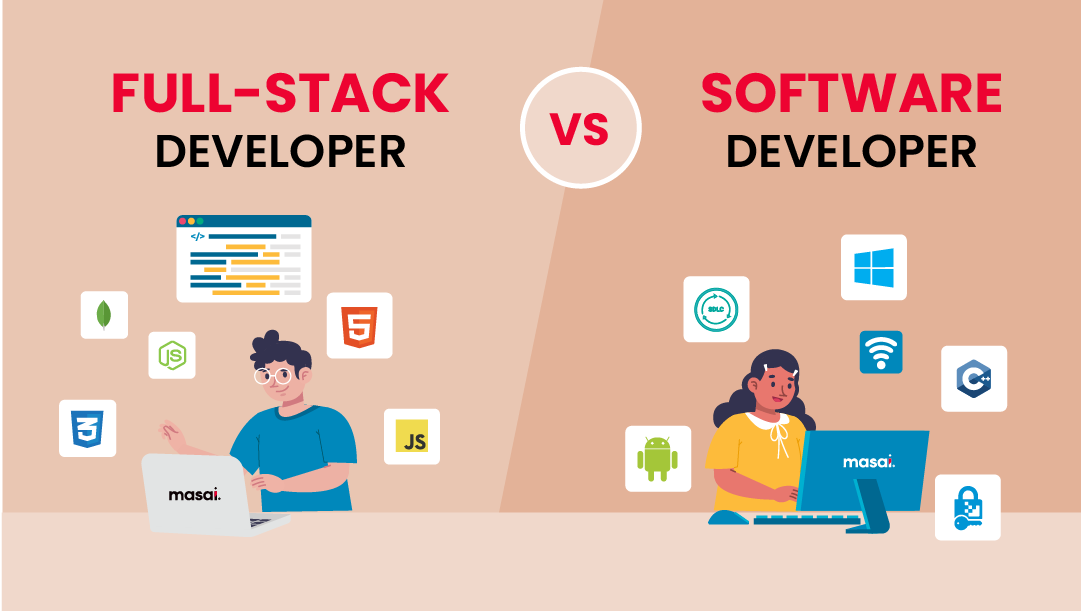Committed Developers vs. In-House Teams: Which Is Right for You?
The choice in between utilizing committed programmers and preserving an internal team is a substantial one that can impact the trajectory of your tasks and overall company strategy. Dedicated designers provide a degree of flexibility and specific experience that can be beneficial for certain, temporary efforts. Conversely, in-house groups add to a natural company society and a nuanced understanding of lasting goals. By taking a look at crucial variables such as budget, project extent, and wanted control, you can better figure out which strategy aligns with your organizational requirements. The effects of this selection extend past instant end results-- take into consideration the wider impact on your service landscape.
Recognizing Committed Developers
The expanding need for specialized skills in the technology sector has resulted in the development of committed programmers as a practical remedy for several organizations. These experts are usually acquired on a task basis, enabling firms to leverage certain knowledge without the lasting dedication connected with full-time hires. Devoted designers are typically ingrained within a client's team, offering versatility and scalability to fulfill project demands.
This design enables companies to access an international ability swimming pool, which is especially beneficial in a quickly developing technical landscape. Devoted programmers can be sourced from numerous geographical places, making certain that companies can locate the best capability at competitive prices. They usually bring a wide range of experience and knowledge, having worked with varied tasks throughout different industries.
In addition, dedicated designers can focus solely on the jobs available, enhancing performance and efficiency. They are outfitted to integrate perfectly into existing workflows, teaming up closely with internal groups to accomplish task purposes. This method not only reduces the problem of recruitment and training however also permits organizations to stay nimble, adapting swiftly to changing market demands and technical improvements.
Benefits of In-House Teams

Moreover, in-house teams often tend to have a much deeper understanding of the business's mission, values, and goals. This placement can boost employee involvement and motivation, as staff member feel a lot more connected to their job and the company's success. In addition, having a specialized in-house group enables much better alignment of methods and objectives, as these participants are constantly focused on the firm's top priorities.
In-house teams likewise promote quicker decision-making procedures, as they can react much more rapidly to changes and challenges. The well-known connections and knowledge with business procedures allow for structured process and minimized miscommunication. Inevitably, the combination of a index cohesive culture, positioning with business goals, and efficient communication makes internal groups a beneficial property for numerous companies, particularly those looking to grow lasting growth and development.
Cost Factors To Consider
When evaluating price factors to consider, both committed programmers and internal groups existing distinct financial effects for companies. Engaging committed designers commonly includes a pay-per-project or per hour rate model, which can be cost-efficient for services with varying project demands. This right here method permits adaptability in scaling sources up or down, making sure that firms just spend for the services they require.
On the other hand, internal teams involve dealt with costs, consisting of salaries, benefits, and overhead expenses such as office and equipment. While this design uses better control and instant accessibility of resources, it may lead to greater long-term costs, especially if the workload does not justify a full-time staff.
Additionally, companies must think about the covert costs connected with employment and training of internal workers, which can better strain budgets. In some instances, the moment and sources invested in handling an in-house group can diminish the organization's core business goals.

Job Administration and Flexibility
Job monitoring and versatility are essential aspects that affect the selection between in-house groups and committed programmers. Devoted teams frequently have actually established processes for managing jobs effectively, leveraging particular approaches like Agile or Scrum, which facilitate repetitive progression and adaptability.

Ultimately, the choice between specialized developers and in-house groups pivots on the wanted level of versatility and the specific job administration requirements. Companies should assess their functional dynamics, job complexity, and source schedule Look At This to determine which option straightens finest with their critical objectives.
Making the Right Selection
Picking the best advancement approach-- internal teams or devoted developers-- calls for a cautious analysis of numerous variables that align with a company's tactical goals. On the other hand, in-house groups can provide far better continuity and combination with existing personnel.
Following, examine your spending plan. Committed developers commonly present a cost-efficient option for short-term tasks, while internal groups might sustain higher lasting expenditures as a result of wages, advantages, and overhead costs. Analyze the level of control and collaboration wanted; internal groups usually foster more powerful communication and placement with company society.
If prompt results are needed, committed programmers can be onboarded quickly, whereas constructing an in-house team takes time for recruitment and training. If continuous development is important, spending in an in-house group may generate better returns over time.
Conclusion
In conclusion, the decision in between dedicated designers and internal teams depends upon task requirements and business purposes. Committed developers supply flexibility and specialized know-how, making them appropriate for short-term efforts. On the other hand, in-house groups grow a natural society and deeper placement with long-lasting objectives. Cautious assessment of budget plan restrictions, project timelines, and desired control levels is important for determining one of the most proper technique, guaranteeing positioning with strategic concerns and functional effectiveness.
The decision between using dedicated developers and maintaining an internal group is a considerable one that can influence the trajectory of your jobs and overall business technique.Job management and versatility are critical aspects that influence the option between devoted developers and internal groups. software engineering staffing.In comparison, internal teams might stand out in maintaining a regular project management framework due to their familiarity with the company's society and long-term objectives. Dedicated programmers typically provide a cost-efficient service for short-term projects, while internal teams might sustain higher long-term costs due to incomes, benefits, and overhead prices.In verdict, the decision in between committed developers and in-house groups pivots on job needs and business purposes